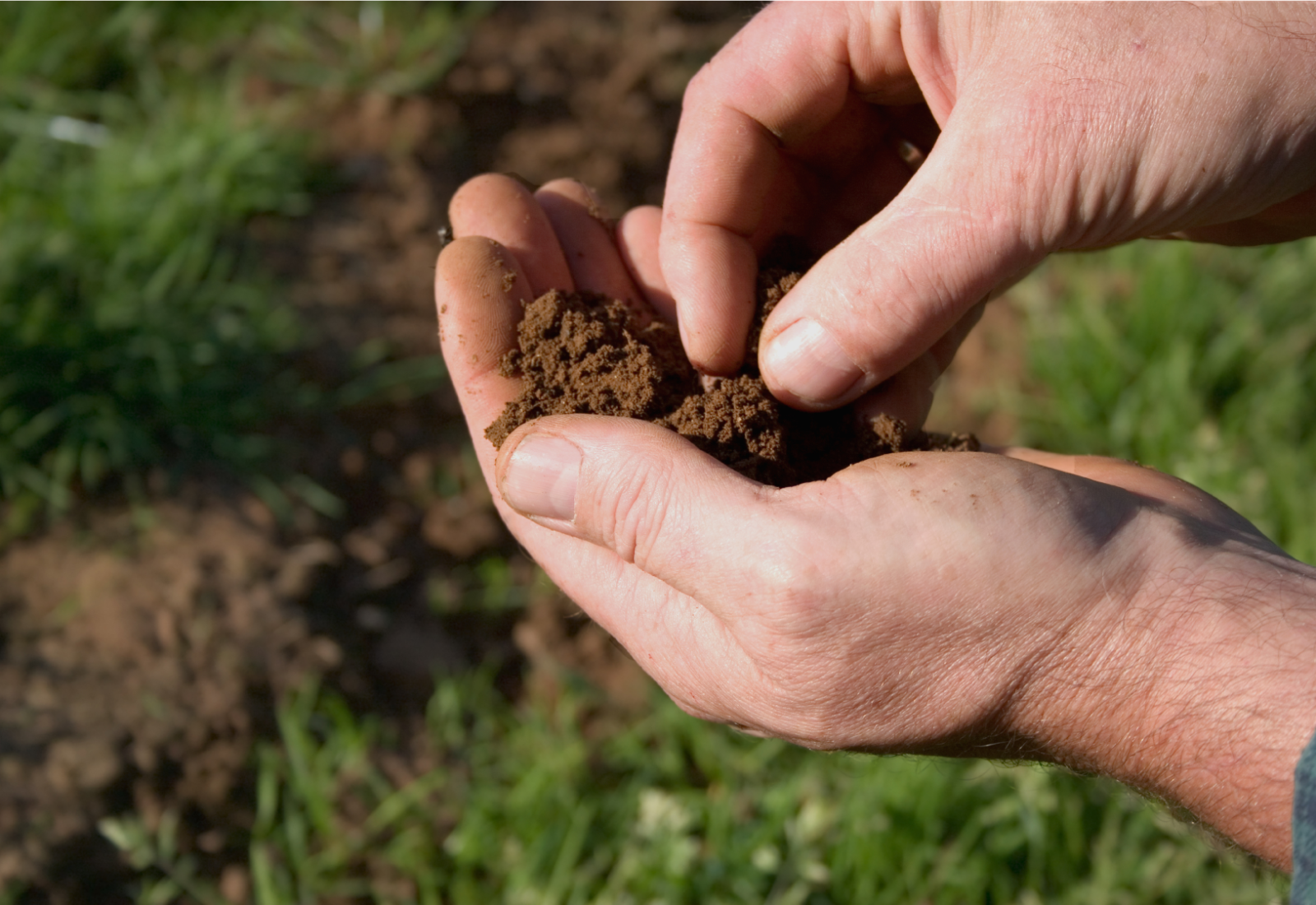Rotations and soil nutrients, no simple solutions

Written by John Dietz
Forget simple solutions, dig for good advice on questions about your pulse crop, rotations and nutrients.
Soybeans have exploded into a major Manitoba crop in the past five to ten years, from a handful of growers in the core of the Red River Valley to thousands of growers located virtually everywhere that field crops are seeded in Manitoba.
A handful of growers and researchers in Manitoba have deep experience with soybeans. For most, it still is a new crop, says Cassandra Tkachuk, Manitoba Pulse Soybean Growers association production specialist for soybeans.
Tkachuk has considerable experience. She began working in soybean agronomy in 2011, and became the provincial production specialist in 2017.
Staffing, and research, for the grower association has been ramping up quickly. Early this year, the group hired a second production specialist for western Manitoba, Laryssa Stevenson, at a new office in Brandon.
The MPSG and plant scientists have been doing careful research on soybeans for many years in Manitoba. That information is collected, online and available to answer most production questions right now, at www.manitobapulse.ca under the Research Reports tab.
“This is the place to go if you want to know what we know right now. It’s particularly strong on soybeans. If you select the crop type (soybeans) and search for the single word, “rotation”, you can see the names of many projects and researchers,” she says.
After selecting the crop, select the priority area. Agronomy is the priority area for rotations. Other priority areas are nutrition and end-use, pathology and variety development.
Currently, the association has 11 project titles under the soybean rotation search. The earliest listed began in 2012. The most recent began in 2017 and will take a few years.
Even if a project isn’t completed, the preliminary results may be available. For instance, AAFC scientist Ramona Mohr began a five-year study in 2017 on sustainable soybean cropping systems in western Manitoba. Her 2017 results are posted on the manitobapulse.ca website now.
A two-year study began in 2017 on the relationship between soybean frequency in a rotation and the persistence of rhizobia in Manitoba soils. It is being led by University of Manitoba scientist Ivan Oresnik. In this case, no results are posted yet.
Generally, crop rotation studies point to a four-year rotation as best.
Tkachuk views rotations with pulse crops as “a very complicated topic” that really needs good research data specific to the topic and the region or perhaps soil type.
“I think most soybean growers probably are into a three-year rotation but you want to aim for a four-year rotation, based on much of the crop rotation literature,” she says. “There has been extensive research on rotations, but crops vary a lot across regions, and you can only look at so many factors in a study to make meaningful conclusions.”
Rotation planning is not for the busy seasons or machinery cabs.
Things to evaluate, she suggests, include moisture and nutrient availability, weed management, herbicide carryover, disease pressure, rhizobium population, pest buildup and pest pressure.
Online studies, grower publications and winter meetings are all good places to gather advice that will help a grower sort through the rotation and nutrient issues, she suggests.
For example, Manitoba manager of crop industry development, Anastasia Kubinec, gave a series of talks last winter, including at NorthStar Genetics meetings.
One of her really good slides captures the yield response of various crops following a range of crops. It shows the impact that good crop rotation has on yield, and how some crops, such as soybeans, contribute more than others.
Searching for management answers on the grower website won’t answer all the questions. Some aren’t ready to be answered by anyone, she admits, but the research probably is underway.
“If you’re looking for something specific, scan through those reports when you’ve got time,” Tkachuk suggests.


